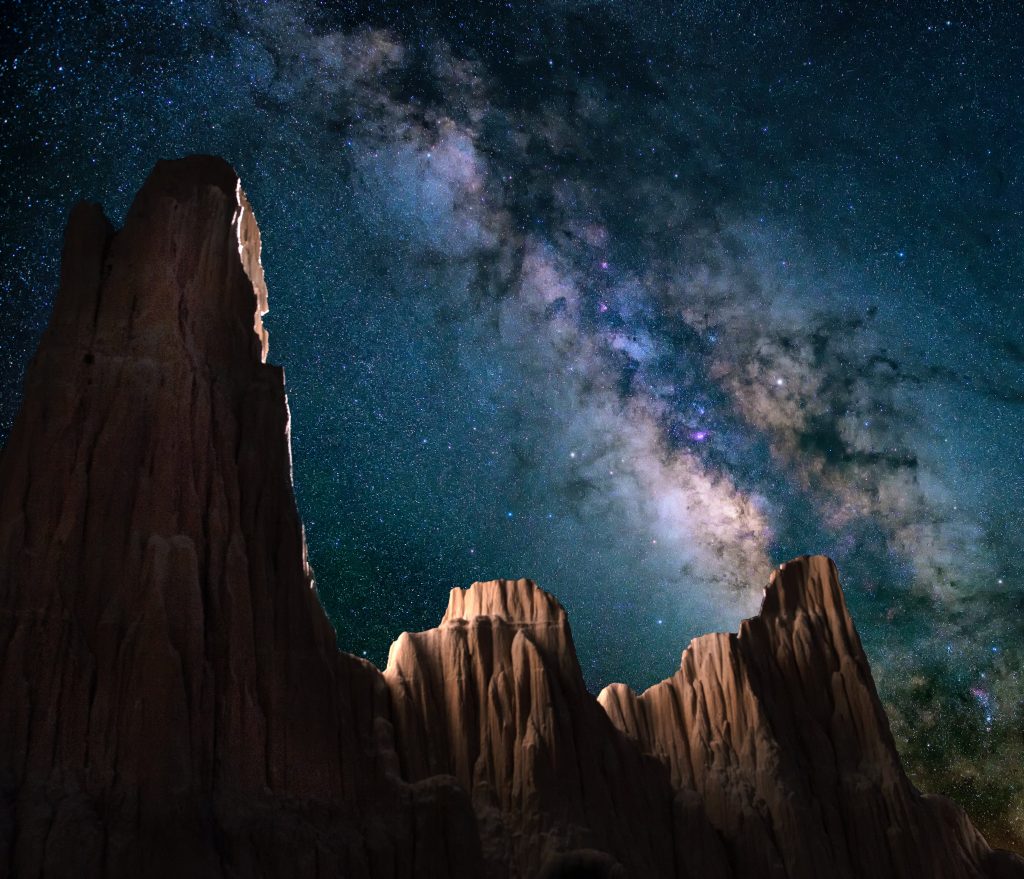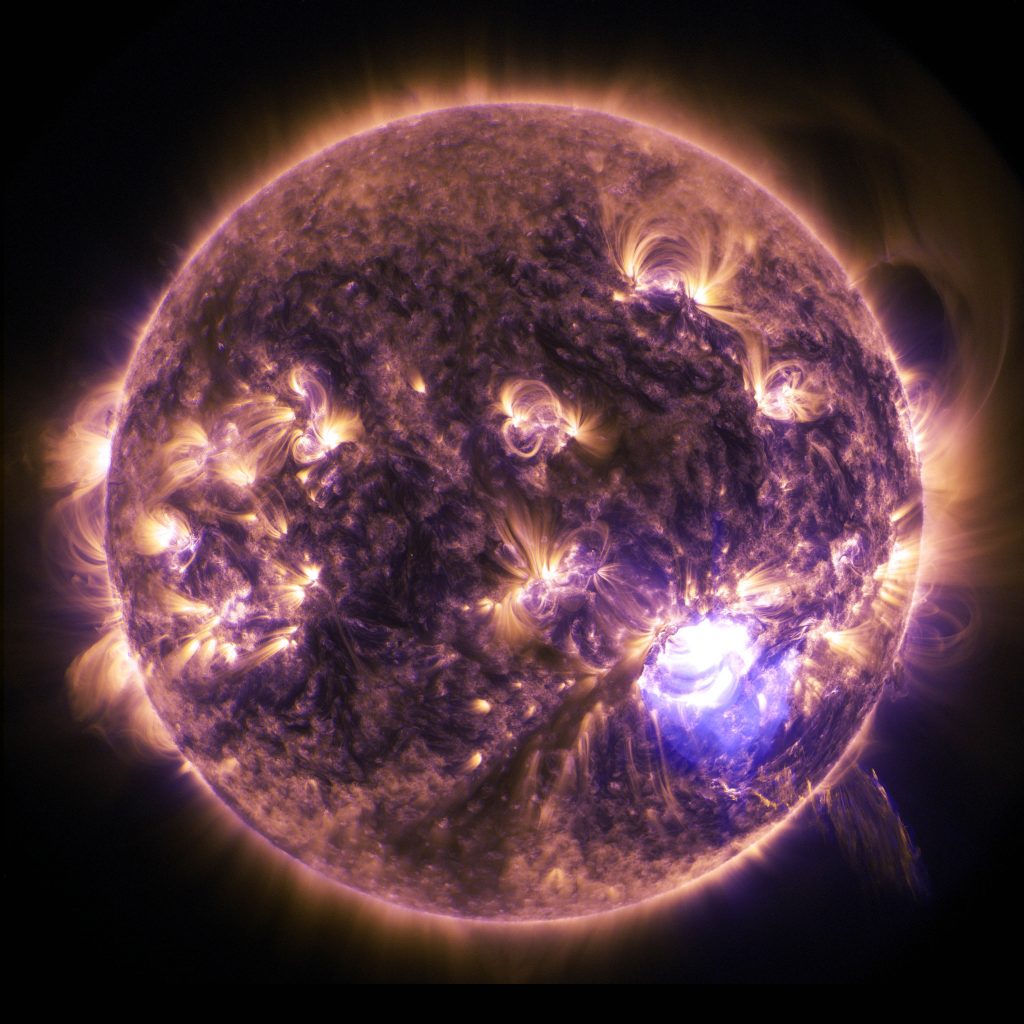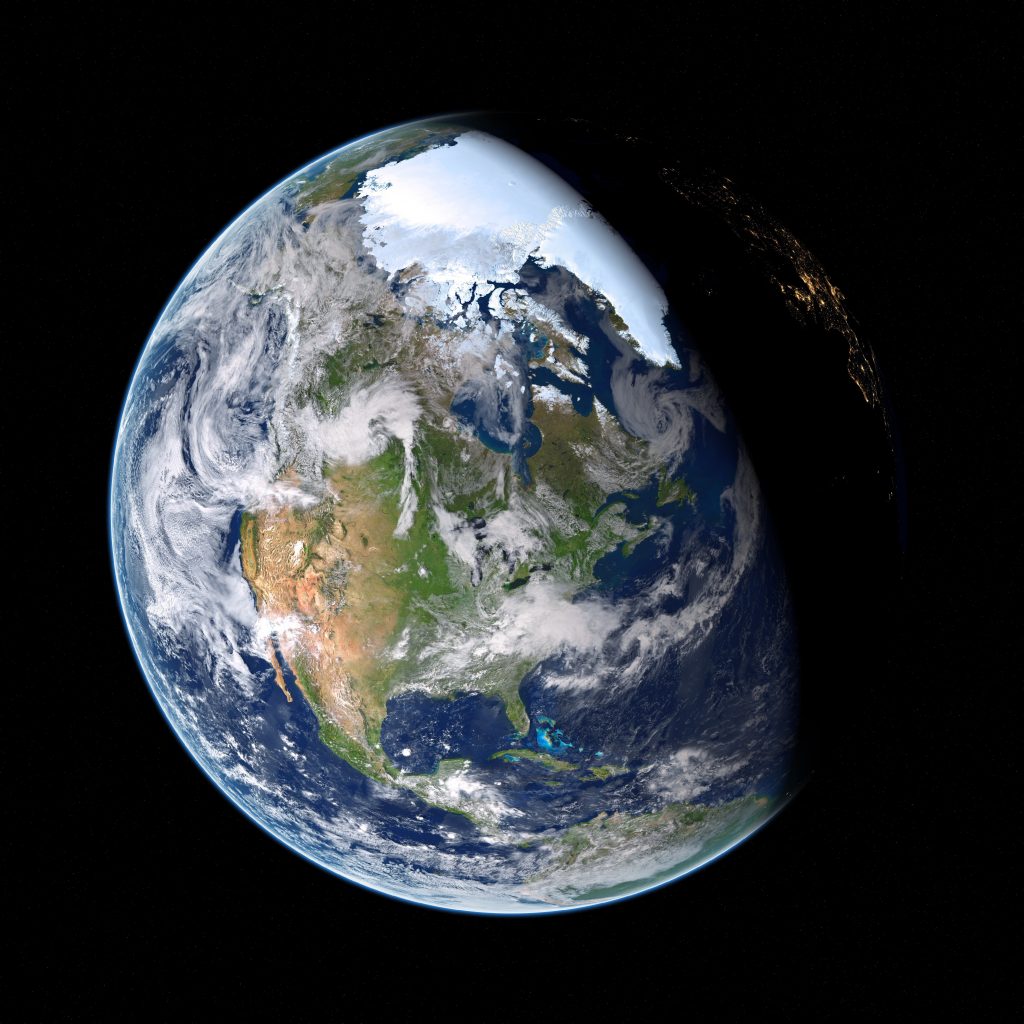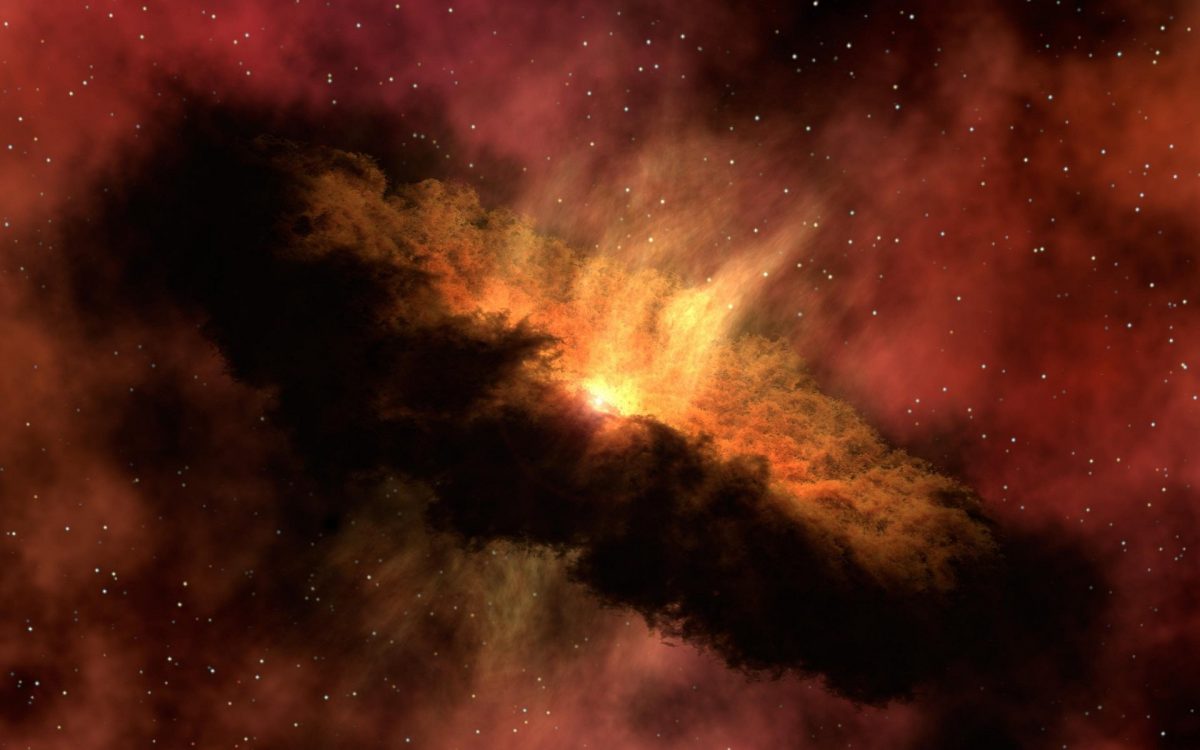When you look at the sky, we see a lot of mystery. The stars at night, clouds in the morning and astronomical features like the comets, the falling stars, etc. The Earth in itself is a wonder. Let’s see how the universe in which we live came into existence.
Early Theories of Origin of the Earth
In the beginning, a lot of theories were formulated by gathering evidence from various researches. The first theory, called The Nebular Hypothesis, was put by Immanuel Kant which was revised by Mathematician Laplace in 1796. They thought that the planets were rotating around a fairly young sun and had formed out of a cloud.
Chamberlain and Moulton in 1900 theorised that a wandering star had collided with the sun which spread debris in the shape of a cigar, which cooled down and formed the solar system. This theory, called the Binary Theory, was supported by Sir James Jeans and Sir Harold Jeffrey. However this was all considered false and full of loopholes. The Big Bang Theory was finally accepted.


The Big Bang Theory
This theory was formulated by Edwin Hubble, in 1920. He called it the Expanding Universe Hypothesis. This theory had certain hypothesis. Initially, the universe existed as a singularity. This means that a single atom with infinite density and volume comprised the entire universe. Around 13.7 Billion years ago, the ball must have exploded and has since been expanding.
Since energy can only be converted neither created nor destroyed, therefore, the energy released from this explosion must have been converted into matter. Hoyle, however, presented the exact opposite views to this theory and called it the steady state. This means the universe has always been like it is at present. Big Bang Theory is supported because of the continuing research which provides evidence in support of it. After the big bang, the next step was the formation of the stars.
Star Formation
Stars are believed to be formed due to the uneven distribution of energy and matter when the universe was in its initial stage of its formation. This must have happened 5 to 6 billion years ago, when stars were part of a hot burning mass or nebula of high density and high gravitational force. This nebula then developed localized clumps of gases slowly separating away to form stars. From these stars formed the planets.


Formation of Planets
The stars are extremely hot, unstable, local gaseous clumps that had to either stabilise their energy or further explode. In order to stablise, the body of stars began to condense into solid matter at or near the core. This formed planetesimals.
These were nothing but small, rounded condensed parts of a star formed by cohesion. These stuck together until a larger body or the planets came into existence. These planets although thrown away from the stars didn't float free. Instead due to the strong gravitational attraction of a star began to orbit around them. This gave rise to solar systems.


Solar System
Here, we consider the solar system we currently occupy where the eight planets revolve around the Sun. The four planets near to the Sun- Mercury, Venus, Earth and Mars are called as the Terrestrial Planets or Inner Planets. Terrestrial means 'earth-like' so these planets have higher densities as they are mostly made up of rocks or metals. The other four- are called Jovian Planets or Gas Giants or Outer Planets. Jovian means 'Jupiter-like'. These are mostly made up of helium and hydrogen gases.
Our solar system was made after a long process of explosion, cooling and solidifying of extra-terrestrial material. After reading about the process of formation we can only guess how insignificant our species is in comparison to the vastness of the universe and yet we are however small carry a part of this universe within us.






